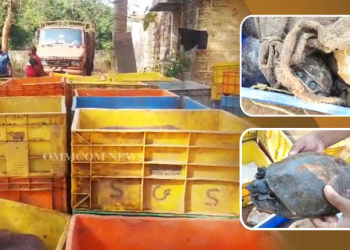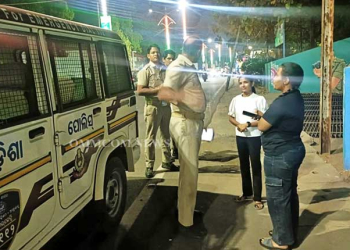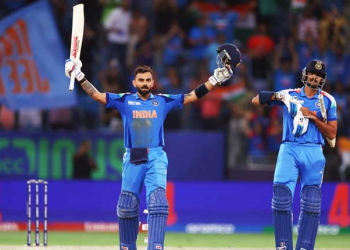Bhubaneswar: Salinity is a matter of concern in coastal areas across India. Merging of sea water with ground water and downward seepage leads to salinity of the water table. In Odisha, coastal parts of the State suffers from salinity hazard, Union Minister of State for Jal Shakti Bishweswar Tudu stated today.
As per information shared by Tudu in form of a written reply in the floor of Lok Sabha on Monday, the salinity hazard in Odisha is most common to the east of Kasba Kumurda – Balasore – Gopalpur – Basudevpur – Kothar -Chandikhole – Salepur – Raghunathpur – Niali – Pipli section and extend upto the coastline.
“No instance of increase in salinity of ground water in the coastal region due to merging of sea water with it has been reported/observed in Odisha,” the Union Minister’s reply read. There is no specific study conducted by this department highlighting increase in salinity in coastal areas and its effect on aquaculture, it added.
“Water being a State subject, management of groundwater water resources including tackling the salinity related issues is mainly State subject. Still, Central Government has taken a number of important measures for conservation, management of ground water including effective implementation of rain water harvesting in the country which to some extant reduces salinity effect in groundwater,” the Minister stated.
In addition, National Water Policy 2012 talks about monitoring water use pattern, planning appropriate interventions for tackling salinity, alkalinity or, similar quality problems. Sharing information about Gujarat, Tudu said that some parts of the 1600 kilometre coastline, i.e. in the coastal parts of Mongrol – Chorwad of Saurashtra region of Gujarat, have been studied by Central Ground Water Board (CGWB).
Ingress of salinity has been observed in groundwater during the said study. The presence of salinity in ground water along coastal Gujarat may be due to various reasons viz. prevailing hydro-geological settings, presence of physiographic depression in the coastal areas, inundation of sea water in low lying areas due to tidal fluctuation etc.
In neighbouring Andhra Pradesh, fresh aquifer zones in the form of unconfined aquifers occur and are limited to the depth of 20 m to 30 m only, followed by confined aquifers which are mainly saline/brackish. However, the salinity of the confined aquifers is attributed to the marine depositional environment in the geological past. As of now, no saline water ingress is observed/reported along the coastal tracts of Andhra Pradesh State.
In West Bengal, the hydrogeological continuum of the sub-surface aquifers, water always flows and merges into sea water, and its salinity is naturally enhanced, even without any anthropogenic intervention, the Minister stated.
“In Maharashtra, saline water ingress has been reported in isolated areas along the Maharashtra coast. The studies carried out by the CGWB in Vasai-Virar area of the Thane district have indicated possible seawater ingress in a small area. The main cause of ingress is excessive exploitation of ground water for irrigation, encroachment of sea water into creeks during high tides and salt pan activities in and around the area,” read Tudu’s reply which also had facts and figures about the situation of salinity in other coastal Indian states.



















